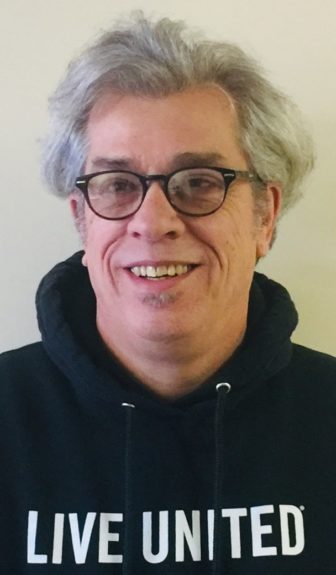
alphaspirit/Shutterstock
.
Philanthropic organizations and local government have been supporting nonprofit organizations that serve young people in my community for decades. We have dozens of organizations whose mission is to provide safe and enriching places for young people in those hours after school ends and dinner is served. Most serve young people whose families are living in or near poverty. Even so, poor African American and Latinx kids still struggle to succeed in school and in our community.
Funding individual nonprofits in isolation is not as powerful as approaching each individual youth service provider as a part of a whole network of support for young people who struggle to succeed in school, neighborhood and community. In my community, Louisville, Ky., we have made progress over the last seven years in supporting the youth development sector to work together to reach shared goals for young people — to address inequities in our community by collectively addressing the opportunity gap between youth living in poverty and their well-resourced peers. We have focused on supporting youth development practices that promote social emotional development to ameliorate societal inequities in our community.
Louisville started this work in 2012 with a partnership with our local government, school district and United Way to support the myriad after-school programs in our community. We called ourselves BLOCS. At the beginning it was a lot of conversations with providers around outcomes, practices and how the partners could help.
By 2014 we had a good idea of priorities and shared goals. Outcomes that rose to the top for the first time centered around social emotional development. This dovetailed with supporting organizations to build their youth development knowledge and capacity.
Network members that are youth service providers are asked to do three things, each of which requires a significant amount of their time and effort:
- Participate in our youth program quality improvement process,
- Measure their youth participants’ social and emotional development and
- Enter youth attendance in a school system online web portal.
Now we are connecting the dots with these data points to measure impact.
Network growing, changing

TJ Delahanty
The BLOCS partners in turn support them with timely data, coaching and training to build knowledge and capacity for youth development. In addition to funding, program backing needs to include supports for organizations to provide quality youth development experiences that promote learning, as well as help to collect data that speaks to success. Five years ago, the BLOCStar Initiative included 15 organizations at 38 sites. This year we are up to 53 organizations and 103 sites. Over these years we have tried to be inclusive and cast the net wide.
What we have found as we recruited more organizations into the network is that the faces and types of organizations have changed. More and more community-based grassroots organizations joined the network. These youth service providers have less capacity than many of the larger organizations that originally signed on. They have lower budgets, fewer staff and rely more on volunteers to run program activities.
Lack of capacity is not a judgement of the quality of services or impact. It is a measurement of the professional staff capacity of the organization to support those services and measure impact. The BLOCS partners are committed to supporting low-capacity organizations.
Over half our BLOCStar organizations are defined as low-capacity service providers. These organizations are more likely to be led and staffed by people whose faces look like the youth they serve. Being in the network has given them more access to the resources they need to do their work and demonstrate that they make a difference in the lives of the young people who walk in their doors on a daily basis.
The quality of service provided by low-capacity organizations measured by our quality improvement metrics is on average slightly better than the high-capacity organizations. Our lower-capacity organizations reach young people who are 91% minority and mostly (91%) get free and reduced-fee lunch. Each of these numbers is higher than for our non-low-capacity service providers, which is in turn higher than school district averages, which are 60% free and reduced lunch recipients and 56% minority.
So why does the community in Louisville support an inclusive network of youth development nonprofit organizations? This year the BLOCS partners will publish its second annual data report. Here is a preview: Decidedly more young people attending after-school programs in Louisville are from families living in poverty and African American and Latinx than their peers in the public school system. This is even more true for the young people who go to grassroots community-based organizations for after-school programs.
Young people who attend high-quality programs in our community are less likely to be suspended, go to school more days and are more likely to improve social emotional skills than their peers at lower-quality programs. So why do we support all of our youth service programs? Because it matters to the people who serve youth and to the youth who participate in their programs, and we have data to demonstrate it.
T.J. Delahanty is a senior manager for youth success at Metro United Way in Louisville, Ky. He has a master’s in public policy from Rutgers University and has worked in the youth development field for 25 years internationally, at the state level and his hometown of Louisville.





























